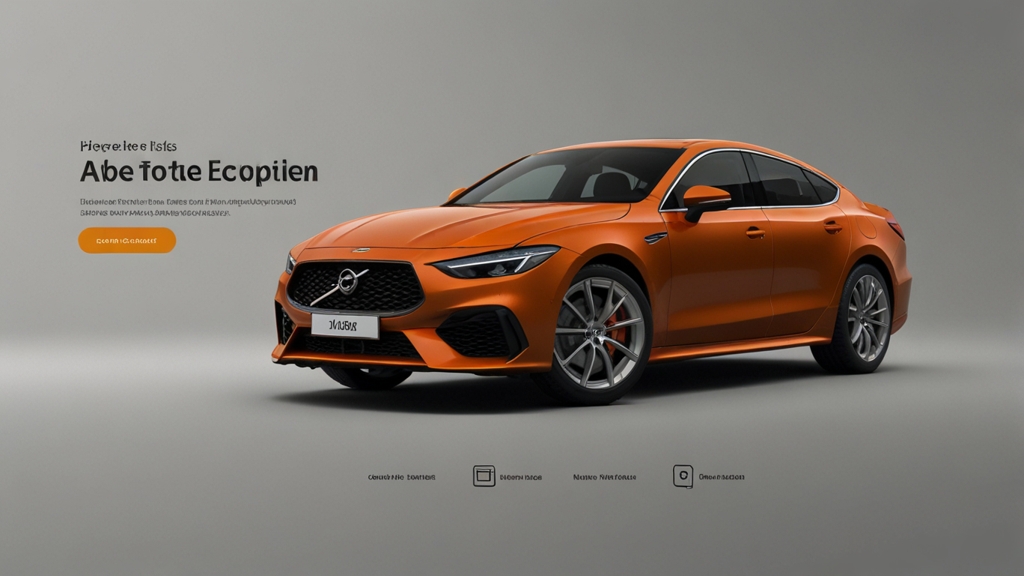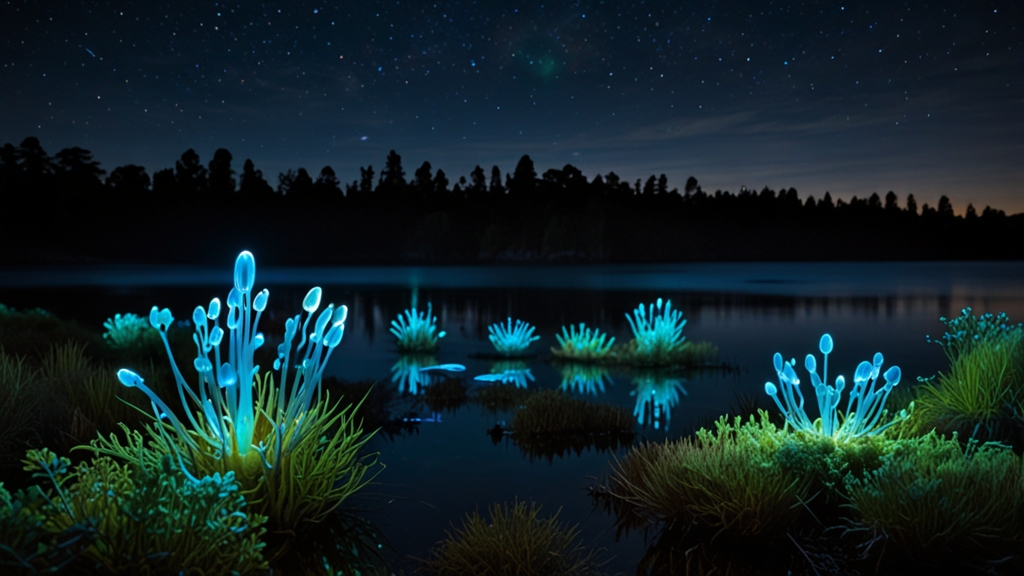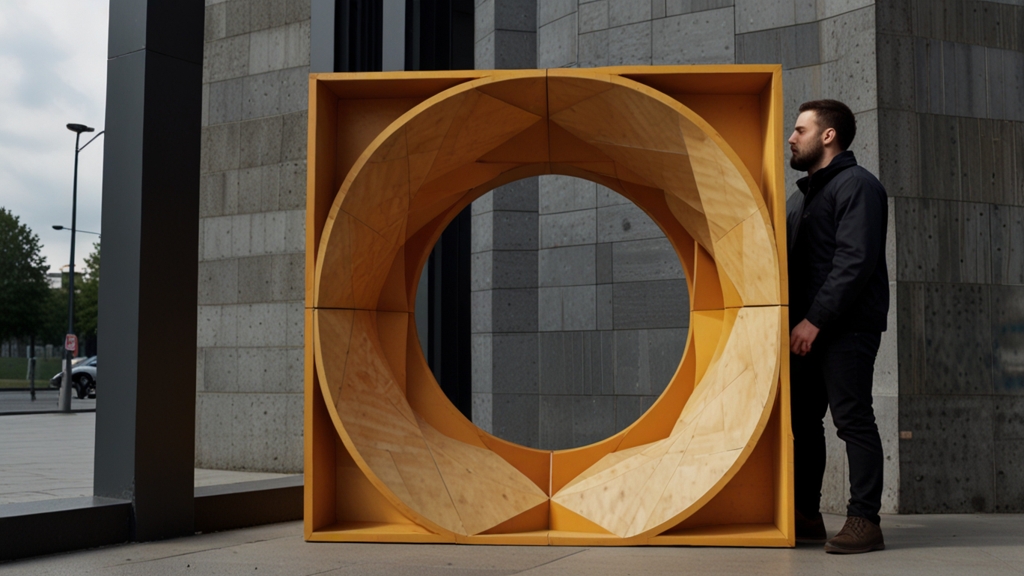Create Stunning Landing Pages Using Only HTML and CSS
In the era of modern web development, creating visually appealing and functional landing pages is crucial for digital success. While there are numerous complex tools and frameworks available, sometimes the simplicity and control of using just HTML and CSS can be both sufficient and advantageous. This approach allows for quick prototyping and a deeper understanding of the fundamental building blocks of web design.
Understanding the Basics
A landing page is a standalone web page, created specifically for a marketing or advertising campaign. It’s where a visitor “lands” after they click on a link in an email, search engine ad, social media post, or similar. The primary goal of a landing page is to convert visitors into leads by capturing information through a lead form or other means.
Structuring Your HTML
The structure of your HTML is the foundation of a great landing page. A well-structured HTML document ensures that your content is logically ordered and easily navigable. Here's a basic example of an HTML structure for a simple landing page:
<div class="container">
<header class="header">
<h1>Welcome to Our Product</h1>
<p>Our product is the best solution for your needs. Learn more about what we have to offer.</p>
</header>
<section class="features">
<h2>Features</h2>
<ul>
<li>Feature 1</li>
<li>Feature 2</li>
<li>Feature 3</li>
</ul>
</section>
<section class="cta">
<h2>Get Started Now</h2>
<p>Sign up today to experience the best</p>
<form>
<label for="email">Email: </label>
<input type="email" id="email" name="email">
<button type="submit">Sign Up</button>
</form>
</section>
</div>
Enhancing with CSS
Once the structure is in place, the next step is to apply styling to make the landing page visually appealing. CSS allows you to design and customize the presentation aspects, providing a more engaging user experience. Below is an example of CSS to style the previously structured HTML:
<style>
body {
font-family: Arial, sans-serif;
margin: 0;
padding: 0;
background-color: #f4f4f4;
}
.container {
width: 80%;
margin: 0 auto;
overflow: hidden;
}
.header {
background: #333;
color: #fff;
padding: 20px 0;
text-align: center;
}
.header h1 {
margin: 0;
font-size: 2.5em;
}
.features {
padding: 20px 0;
text-align: center;
background: #fff;
}
.cta {
background: #e8491d;
color: #fff;
text-align: center;
padding: 20px 0;
}
.cta h2 {
margin: 0;
}
form {
margin-top: 15px;
}
input[type="email"] {
padding: 10px;
border: none;
font-size: 1em;
}
button {
padding: 10px 15px;
border: none;
background: #333;
color: #fff;
font-size: 1em;
cursor: pointer;
}
</style>
Responsive Design
With the increasing use of mobile devices, ensuring that your landing page is responsive is crucial. Utilize CSS media queries to adjust the design for various screen sizes. Here's an example:
<style>
@media (max-width: 600px) {
.container {
width: 100%;
padding: 15px;
}
.header h1 {
font-size: 1.5em;
}
}
</style>
Responsive design ensures that your content is accessible and looks great on all devices, enhancing the overall user experience and maximizing the likelihood of conversion.
Conclusion
Creating stunning landing pages with just HTML and CSS is entirely feasible and can yield professional results. By focusing on a solid HTML structure, thoughtful CSS design, and responsive techniques, you can build efficient and beautiful landing pages that meet your marketing goals.
Remember, the key lies in simplicity and clear communication of your product's value. Start experimenting with these foundational skills, and you'll be able to craft compelling landing pages that captivate and convert your audience.












